How to deal with fungus gnats on cannabis plants
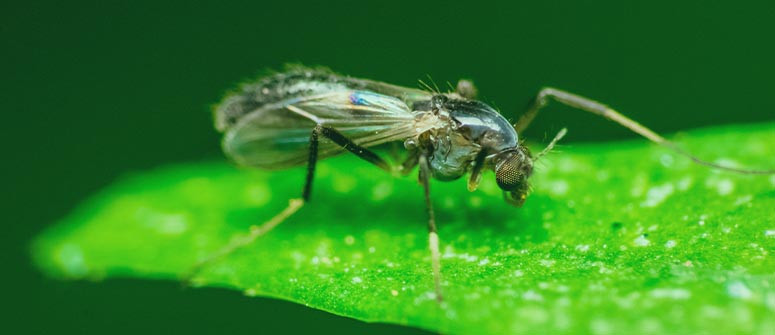
Have you spotted small, black flies crawling around the soil of your cannabis plants? You're likely dealing with fungus gnats. Keep reading to learn more about these pesky cannabis pests and how to keep them away from your crop.
Contents:
Fungus gnats are one of the most common pests affecting cannabis gardens (both indoors and outdoors). They love warm, humid conditions and often strike cannabis plants that have been overwatered. In this article, we'll teach you all you need to know about fungus gnats and how to keep them away from your weed plants.
What are fungus gnats?
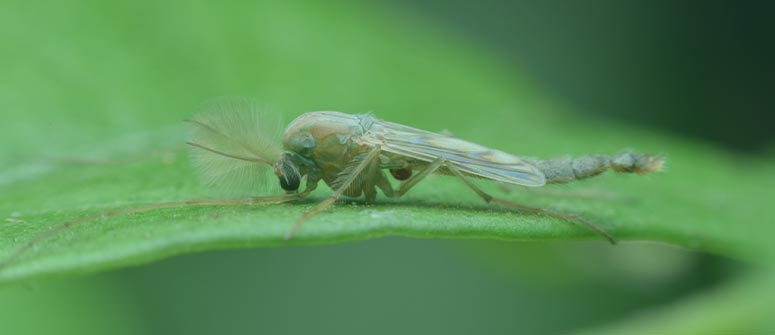
Fungus gnats are small, black flies that commonly pester cannabis and other plants. They are similar in size to fruit flies and typically fly around the base of plants, where they feed off fungus in the topsoil and lay their eggs. Besides damaging your plants' root systems, fungus gnats also leave their droppings in the soil, which can affect its drainage and leave it wet, creating a breeding ground for bacteria and fungi.
The fungus gnat life cycle
A single female gnat can lay hundreds of eggs, which then hatch into larvae in roughly 4–6 days. The larvae then feed off soil for roughly 2 weeks before developing into pupae that take roughly 7 days to develop into adult gnats. An adult fungus gnat will live for roughly 7–8 days in favourable conditions.
Fungus gnats vs fruit flies
Many people confuse fungus gnats and fruit flies because, at a glance, they may look slightly similar. However, the biggest difference between the two (and hence the easiest way to tell them apart) is where they're found: fruit flies typically hang around places with ripe or decaying organic material like compost bins or fruit baskets. Fungus gnats, on the other hand, live in soil and are usually found buzzing around indoor and outdoor plants as well as poorly kept compost bins/piles.
How do fungus gnats affect cannabis plants?
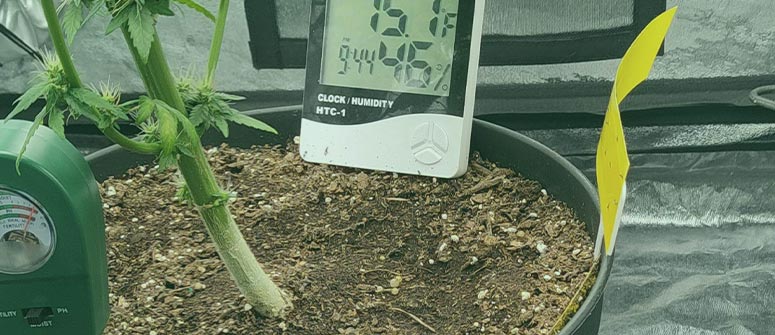
Fungus gnats affect cannabis plants in three main ways:
- By contaminating your soil and putting your plants at risk of other fungal/pest issues.
- By potentially damaging the roots of your plants. While fungus gnats prefer to feed off decaying organic matter, their larvae may also feed off plant roots.
- By affecting soil drainage and keeping it (too) moist, in turn causing potentially serious issues such as root rot.
Over time, a fungus gnat infestation may drastically affect the overall health of your plants. Besides spotting adult fungus gnats buzzing around your plants, other signs of a fungus gnat infestation may include:
- Sick leaves that are pale, yellow, or developing dark brown/black spots (especially near the edges)
- Stunted plant growth
- Abnormal plant growth
- Drooping and wilting foliage
- Presence of other bugs/pests
- Poor bud development (in flowering plants)
- Weak seedlings that "damp off" and die
How to identify fungus gnats on cannabis plants
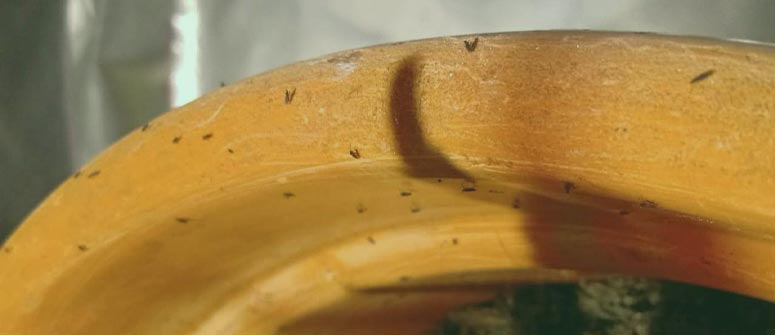
- Adult gnats flying around the base of your plants (especially when you disturb the topsoil)
- Small white maggots (pupae) wriggling around the topsoil
- Overly moist or wet topsoil
- Visible plant symptoms like those listed above
How to get rid of fungus gnats on cannabis plants
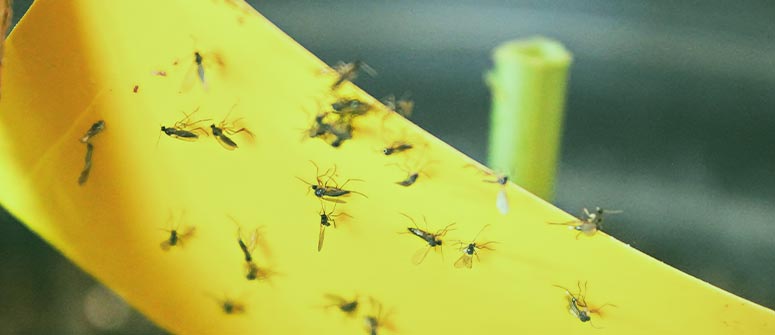
Fungus gnats might be tiny, but they can cause serious problems for your marijuana plants. Hence, you'll want to control an infestation as quickly as possible. Here are some tips to help you do so.
Increase airflow
Remember, fungus gnats thrive in humid, warm environments. One way to prevent these conditions in your garden is by increasing ventilation around your plants. You can do this by using oscillating fans, by spacing your plants properly, and by regularly trimming/defoliating particularly bushy cannabis plants.
Use yellow sticky traps
Yellow sticky fly traps are available at any good garden centre. And while they're not enough to cull a fungus gnat infestation on their own, these traps can help you kill adult gnats and stop them from laying more eggs in your plants' soil while you implement some of the other techniques listed here.
Spray with neem oil
Neem oil is one of the best natural pest control agents available to cannabis growers. To handle a fungus gnat infestation, dilute 5ml of neem oil in 1l of warm water and shake thoroughly to incorporate. During an infestation, spray your plants twice a day from top to bottom, leaving them completely drenched. Once the gnats disappear, spray your plants once a day for a week to prevent them from coming back. You can even add a small amount of neem oil to your irrigation water to strengthen your plants from within.
Note: The foliar spraying method cannot be performed on flowering cannabis plants, as the buds can be compromised by the neem; a more cautious approach is required.
Tip: For the best results, mix 10–15ml of potassium soap into your neem oil spray.
Treat soil with diatomaceous earth
Diatomaceous earth is a natural pest control agent that can be applied via the leaves or the soil. When using it against fungus gnats, lightly sprinkle some of it onto your plant's topsoil, making sure to cover all of the surrounding soil in a fine layer. Diatomaceous earth won't damage the ecosystem in your soil, but it will cause fungus gnats and other pests to die of thirst.
Note: Diatomaceous earth is toxic when inhaled, so make sure to use a face mask when applying it.
Introduce beneficial nematodes to your garden
Beneficial nematodes are roundworms that help to cull soil-borne pests, including fungus gnats, in as little as 48 hours. They can be bought in the form of sprays or soil drenches from most garden centres or cannabis grow shops.
How to avoid fungus gnats on cannabis plants
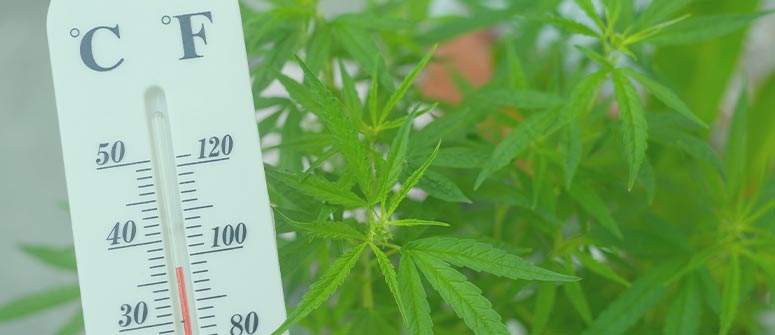
The best offence against fungus gnats (and all cannabis pests for that matter) is a strong defence. Many garden pests can be extremely hard to eradicate, especially if you're trying to avoid the use of harsh chemical pesticides. Hence, to keep your cannabis plants protected, we recommend the following:
- Employing a solid watering routine: Only water your plants once their topsoil has completely dried out.
- Promoting a strong soil ecosystem: Growing cannabis in organic soil rich with microbial life is one of the best ways to prevent many pests, including fungus gnats.
- Using organic fertilisers such as compost, worm castings, and compost teas to further strengthen your soil ecosystem.
- Optimising the temperature and RH in your grow room: Warm and humid conditions create a breeding ground for pests and pathogens, so keep your garden/grow room dry and slightly cool to minimise your chance of dealing with fungus gnats and other cannabis pests.
- Keeping your garden/grow room clean: Remember, fungus gnats love feeding off fungal spores found in decaying organic matter. Make sure to regularly clean your garden/grow room and keep your plants' soil free of any leaves, twigs, etc.
A note on composting
If you compost at home, you may notice fungus gnats flying around your compost pile/bin. If that's the case, there is a very high chance that the compost you use to feed your plants contains fungus gnat eggs or larvae. To keep your compost free from fungus gnats, consider the following:
- Make sure your compost isn't too moist: Remember that compost should never look or feel wet; instead, it should be slightly moist, like a wrung-out rag. Use dry leaves, cardboard, and other carbon-rich ingredients to keep your compost at the right moisture level.
- Sprinkle diatomaceous earth onto your compost to cull fungus gnats and fungus gnat larvae: For good measure, consider regularly adding a small amount of diatomaceous earth to your compost pile to prevent fungus gnats from ever calling your compost bin/pile "home".
- Cover your compost heap with a tarp, plastic, or wood—anything to keep fungus gnats from landing on your compost and laying their eggs.
- Always cover kitchen scraps: Whenever you add kitchen scraps to your compost, make sure to cover them with a layer of carbon-rich material (like shredded paper, cardboard, or dry leaves) and soil to avoid attracting fungus gnats to the pile.
Keeping fungus gnats out of your weed garden
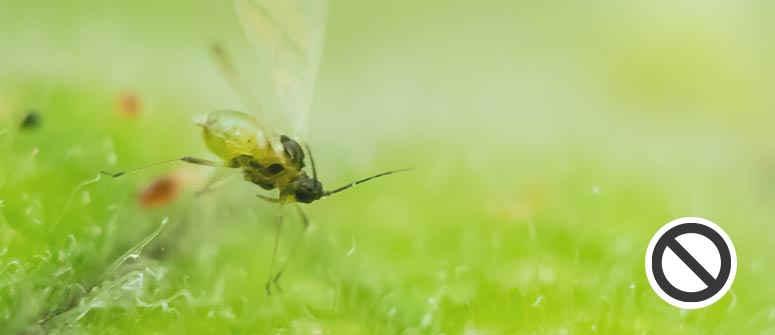
Fungus gnats might look like harmless flies, but they can wreak havoc in a compromised grow room or garden. Keep this article handy to stay protected against these pesky pests and combat them effectively if they do happen to invade!




